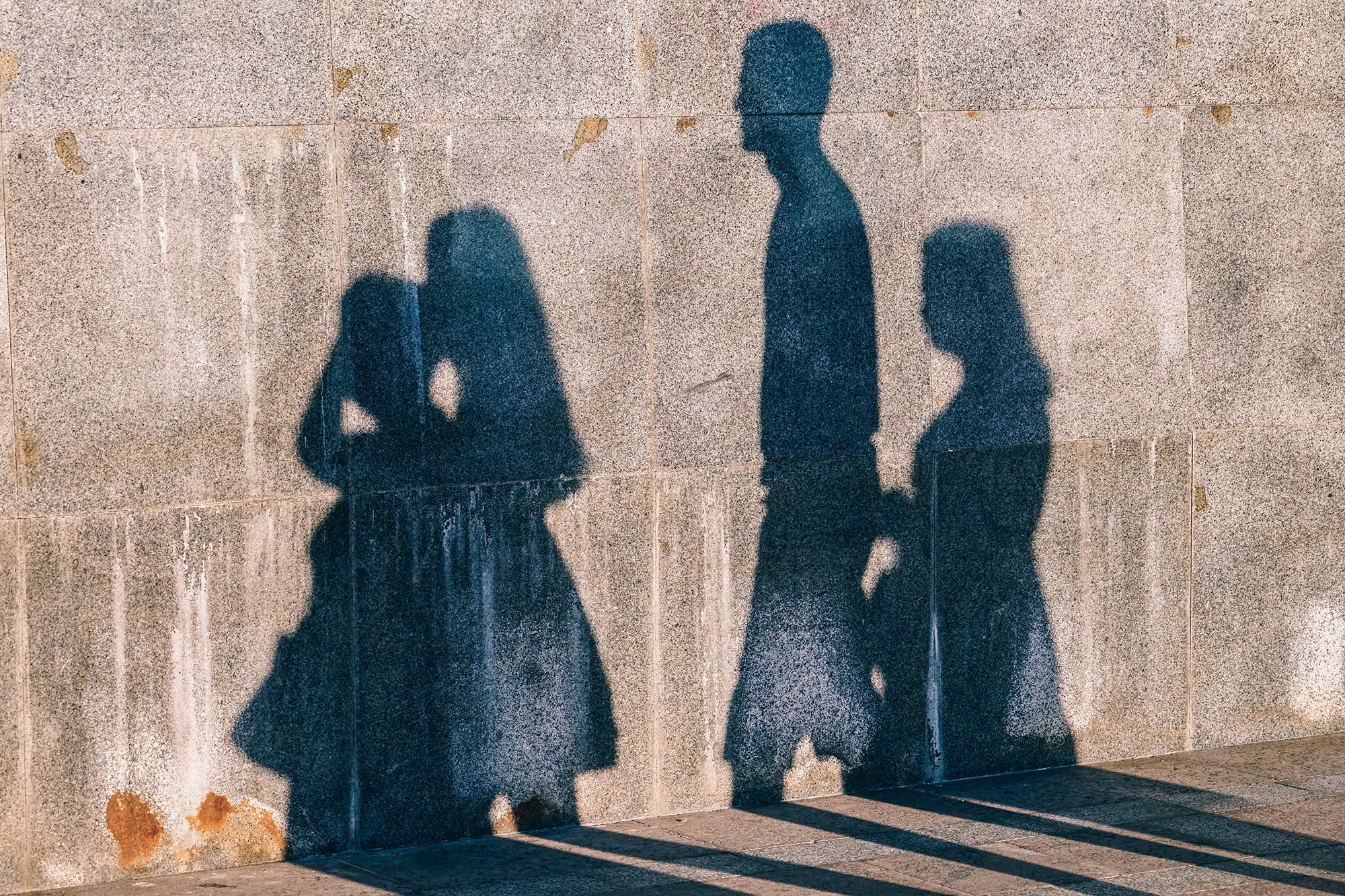Ansvarlige / contacts
- Marianne Skjulhaug, Head of Institute at the Institute of Urbanism and Landscape, The Oslo School of Architecture and Design (AHO)
- Morgan Ip, Researcher and PhD Candidate at the Institute of Urbanism and Landscape, AHO (Morgan.Alexander.Ip@aho.no)
Programme
- Introduction
Marianne Skjulhaug and Morgan Ip - Public Spaces in Disguise
Havård Breivik, AHO / Global Alliance for Urban Crises - Planning for a ‘Vulnerable’ Population: Semantics of Safety and Security Planning in Scandinavia
Anders Rubing, UiB - Asking for What We Cannot Know
Daniela Müller-Eie and Ana Llopis Alvarez, UiS - Telling Stories: On narratives, inclusivity and raising the profiles of Post-War communities in Oslo and London
Tom Davies, AHO - Mobilization of People and Cultural Resources for Sustainable, Democratic and Knowledge-Based Development
Lisbeth Iversen, AHO / Arendal Kommune - Violent Side Effects of Urban Precarity: Everyday space and displaced people in Hargeisa
Kirsti Stuvøy, NMBU (presenter); Peter Chonka, Kings College London; and Jutta Bakonyi, Durham University - Short break
- Roundtable discussion
About the session
This session focuses on how forcibly displaced people become a part of cities in ways that contribute to sustainable architecture, urban space, and design. The overall ambition is to discuss urban responses and possible solutions for both people seeking sanctuary and their receptive partner communities that are at once dignified, safe, and innovative.
Migration continues to have a powerful influence around the world, and cities fulfill an ever -increasing role in accepting and integrating displaced persons. Cities offer economic and social opportunities, however, they can also be places of rising inequalities, deprivation, isolation, and exploitation. Greater understanding is hence needed of the ways in which people succeed or fail to make urban spaces into places of belonging, participation, and wellbeing. This will require attention to the placemaking processes and practices that structure refugees’ and forced migrants’ political, social and economic citizenship, access to livelihood opportunities, connections with existing communities and, ultimately, to define and achieve a ‘right to the city’.
The history of large European cities like Paris, Berlin, and London show examples of how migrant clusters have become an integral component of their collective identity. Some of the them, like Belleville in Paris or Kreuzberg in Berlin, have gone from disreputable to fashionable in a generation. After the high number of refugees and migrants seeking sanctuary in Europe in 2015, communities with many new arrivals became once again the focus of attention in the media and in politics. Segregation and ghettoization are topics that are featured in current public discourse, and often used to stoke anti-immigration sentiments. Further, solutions by national governments, such as the asylum reception centre system in Norway, proved in need of critical reconsideration, with issues arising in terms of location of the centres, community-based integration, temporality, and ‘othering’. How do these tensions play out at the city level in terms of urban space and public commons as well as of local governance and citizenship?
This session examines the following questions on how migration and displacement inform and shape our cities:
- How does urban infrastructure, architecture, and public space contribute in creating diverse, tolerant, and inclusive neighborhoods?
- How can we plan and facilitate for diversity and social sustainability in our communities?
- How can urban planning and development contribute to the creation of safe places that may lead to interaction, integration, and cultural exchanges benefiting both new arrivals and their host communities?
- How can we change the common narrative of fear into one of opportunity, highlighting potential for urban development?
To encourage open dialogue and conversation amongst participants, the session will consist of short presentations by 4-5 panelists (10-12 minutes each including Q&A), followed by a group discussion open to all attendees. This session will be hosted in English. We are open to Scandinavian language contributions.
